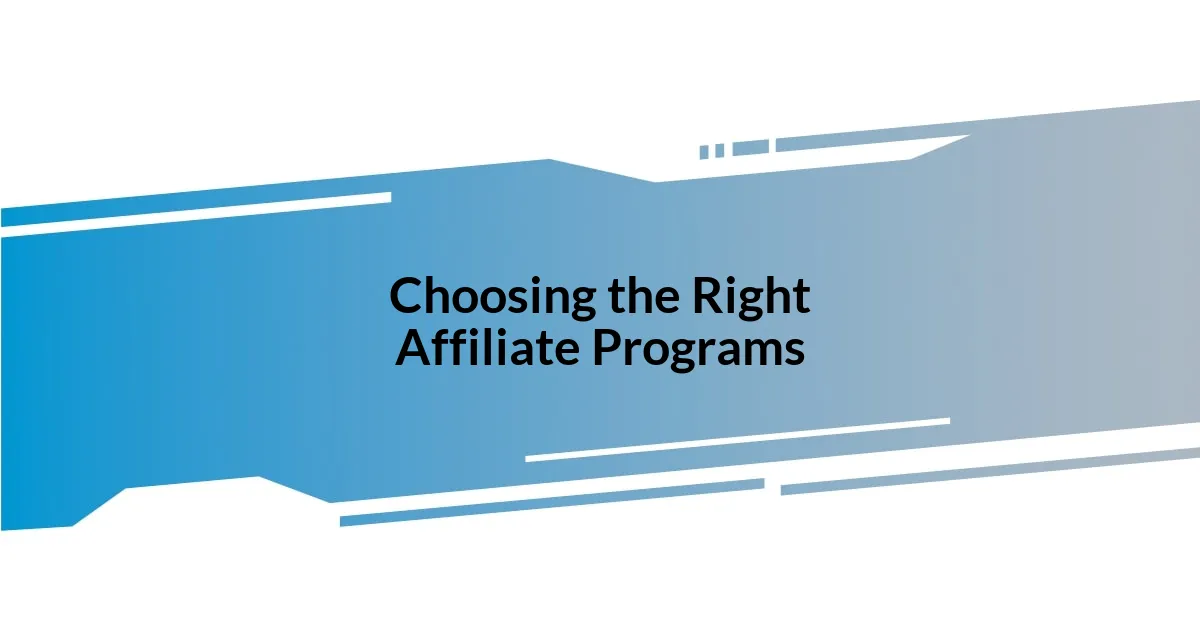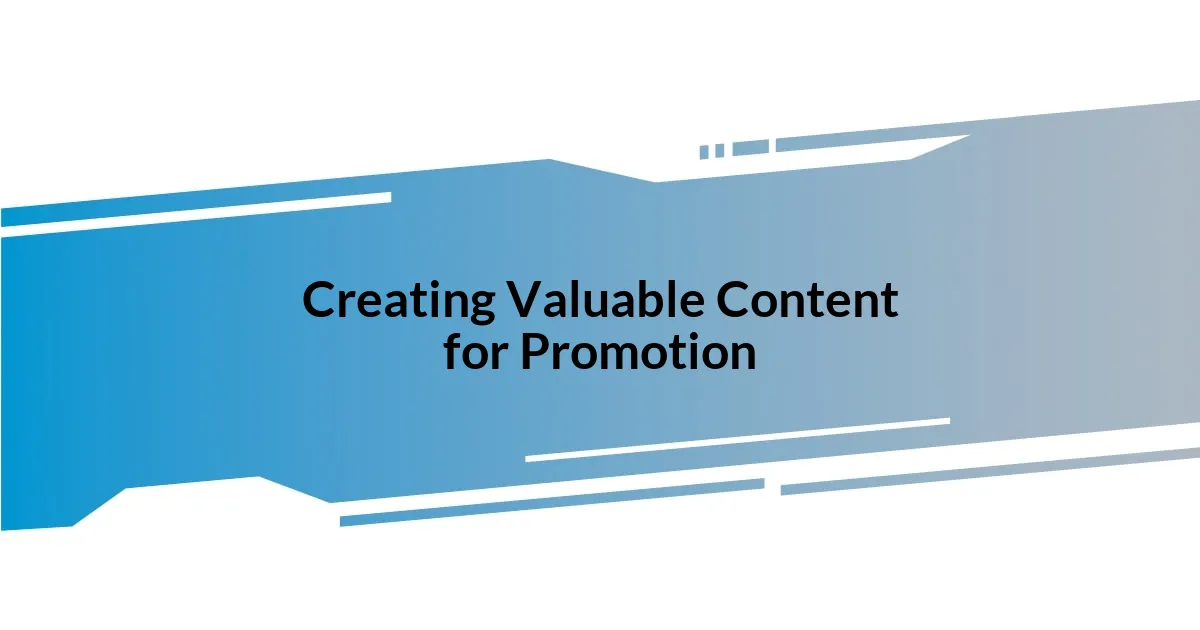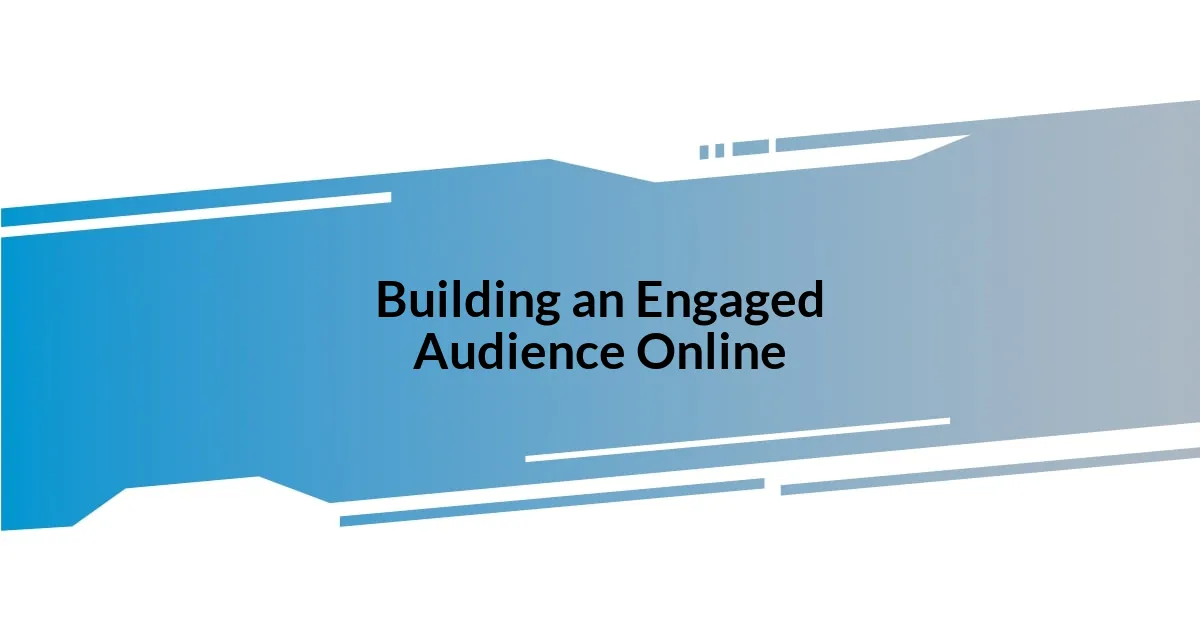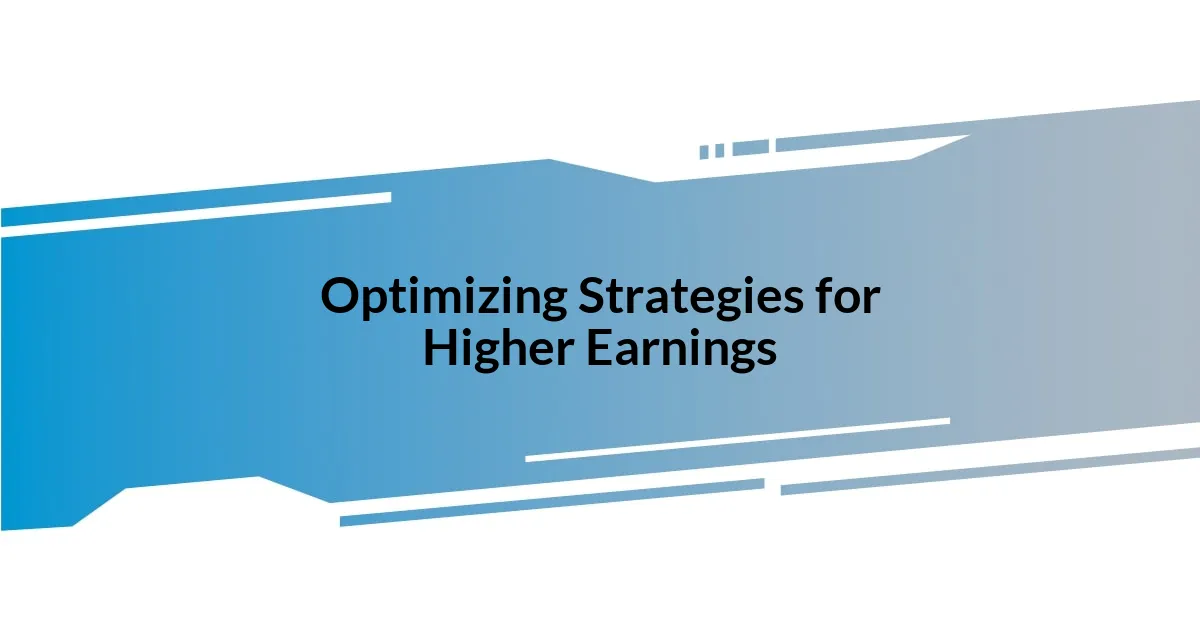Key takeaways:
- Affiliate marketing is performance-based; understanding terms like commission rate and cookie duration is crucial for success.
- Choosing affiliate programs that align with your audience and content leads to better engagement and earnings.
- Creating valuable content through authenticity and audience-centric strategies significantly enhances promotional effectiveness.
- Tracking performance metrics and optimizing for SEO can dramatically improve traffic and affiliate sales. Diversifying income streams increases financial stability and options for your audience.

Understanding Affiliate Marketing Basics
Affiliate marketing is essentially a performance-based system where you earn a commission for promoting someone else’s products or services. I remember when I first learned this concept; it felt almost like a light bulb moment. The idea of earning money for sharing something I genuinely liked was both exciting and empowering.
Each affiliate program has its own unique structure, which can be a bit overwhelming at first. I found myself asking, “Where do I even start?” The truth is, understanding the terms like “commission rate” or “cookie duration” is crucial. Your commission is the percentage you earn from sales generated through your referrals, while the cookie duration refers to how long your referral tracking lasts after a customer clicks your link. Knowing these basics helped me navigate the landscape with more confidence.
Emotional connections play a significant role in affiliate marketing success, too. I realized that people trust recommendations that come from a place of authenticity, so I focused on promoting only products I truly believed in. Have you ever bought something just because a friend recommended it? That’s the power of genuine influence!

Choosing the Right Affiliate Programs
Choosing the right affiliate programs is paramount for success. I remember the early days of my journey when I jumped at the first program I found, only to realize later that it didn’t align with my audience’s interests. By focusing on programs that resonate with my content and audience, I’ve seen far better results.
It’s essential to look for programs with good reputations and reliable payouts. I often check reviews or connect with others in the community to gather experiences about different programs. This way, I avoid scams and focus only on opportunities that yield genuine returns and support my brand’s integrity.
Analyzing commission structures and potential market fits is equally crucial. For instance, some programs offer high commissions but cater to niches with low traffic. I learned that sometimes it’s better to choose a program with a moderate commission in a thriving market rather than chasing after higher payouts in a less popular niche. Here’s a brief comparison that summarises key considerations:
| Criteria | Low Commission, High Relevance | High Commission, Low Relevance |
|---|---|---|
| Audience Fit | Strong alignment with audience needs | Poor alignment, may struggle to convert |
| Trust Factor | Builds trust through relevance | Risk of alienating audience |
| Potential Earnings | Consistent earnings over time | High payout, but inconsistent |

Creating Valuable Content for Promotion
Creating valuable content is at the heart of successful affiliate marketing. I learned early on that providing real value to my audience not only builds trust but also drives conversions. The moment I began to shift my focus from merely promoting products to crafting informative and engaging content, I noticed a significant increase in my audience’s engagement. It was a game-changer.
Here are some strategies that helped me create valuable content for promotion:
- Be Authentic: Share personal experiences with the products; honesty resonates with readers.
- Educate & Inform: Write tutorials or how-to guides that incorporate the affiliate products, showing their actual use.
- Visual Appeal: Use eye-catching images and videos to enhance your content, making it more engaging.
- Audience-Centric Focus: Understand and address your audience’s pain points, offering solutions through your content.
- Storytelling: Use anecdotes to illustrate your points; stories draw readers in and make the content relatable.
By focusing on these strategies, I found that my audience became more receptive and responsive, ultimately leading to better promotional results. It’s all about crafting a narrative that they can connect with, and that truly helped transform my affiliate marketing journey.

Building an Engaged Audience Online
Building an engaged audience online requires more than just presenting information; it’s about creating connections. I distinctly remember a time when I felt as if I was shouting into the void. My posts weren’t generating conversations or feedback. It wasn’t until I started asking my audience what they wanted to learn about that things began to change. By actively engaging with them, I not only gained valuable insights into their preferences but also fostered a sense of community that encouraged more interaction.
I also found that regular communication is key. Sending out newsletters or hosting live Q&A sessions made a significant difference in how my audience perceived me. It’s like having a good friend who regularly checks in – it creates a bond. One day, during a live session, an audience member shared how my content had helped them make a purchasing decision. Hearing that made my day! This kind of engagement doesn’t just boost numbers; it enriches relationships.
Finally, I embraced feedback wholeheartedly. Constructive criticism can sting a bit at first, but I learned to see it as an opportunity for growth. Implementing suggestions from my audience not only improved my content but also showed them that I valued their opinions. Have you ever felt the thrill of creating something that resonates deeply with others? That’s the kind of connection I strive for – one where my audience feels seen and heard.

Tracking Performance and Analytics
Tracking analytics is essential to understanding how your affiliate marketing efforts are performing. I remember when I first started, I was overwhelmed by the sheer amount of data available. Then, I focused on key metrics like click-through rates and conversion rates. These numbers didn’t just sit there; they told a story about my audience’s behavior and preferences.
As I dug deeper into analytics tools, I began to appreciate the importance of A/B testing. I’d experiment with different headlines or calls to action, and it was fascinating to see how such minor changes could result in higher engagement. Have you ever noticed the difference a single word can make? I certainly did. It became clear that even small tweaks could lead to significant shifts in performance.
I also learned the value of tracking my affiliate links using UTM parameters. This allowed me to see exactly which sources drove sales. The first time I saw that my Instagram posts were converting better than my blog, it was a lightbulb moment. This kind of insight shaped my marketing strategy, guiding where to focus my efforts moving forward. Each data point became a stepping stone toward a more effective and tailored approach to my affiliate marketing journey.

Optimizing Strategies for Higher Earnings
One of the biggest game changers for me was refining my content for SEO. In the early days, I often wrote whatever felt good to me, without thinking much about keywords. But once I started incorporating targeted keywords and optimizing my posts, I noticed a dramatic rise in organic traffic. It felt like opening a window that let fresh air into a stuffy room. Have you ever invested time into something only to realize you could’ve done it more efficiently? That’s exactly how I felt when I discovered the power of SEO.
I also focused on building relationships with fellow marketers and bloggers. Networking opened doors I never knew existed. Collaborating on projects and sharing each other’s content not only expanded my reach but also created a sense of community that was genuinely rewarding. It’s true what they say: together, everyone achieves more. There’s something special about working side-by-side with others who share your passion.
Lastly, I learned that diversifying income streams can significantly boost earnings. Instead of relying solely on one affiliate program, I explored multiple options that aligned with my niche. This strategy not only provided financial security but also offered my audience a variety of products to explore. Remember that feeling of excitement when you find a treasure trove of opportunities? That’s how I felt when I realized the potential of diverse partnerships!